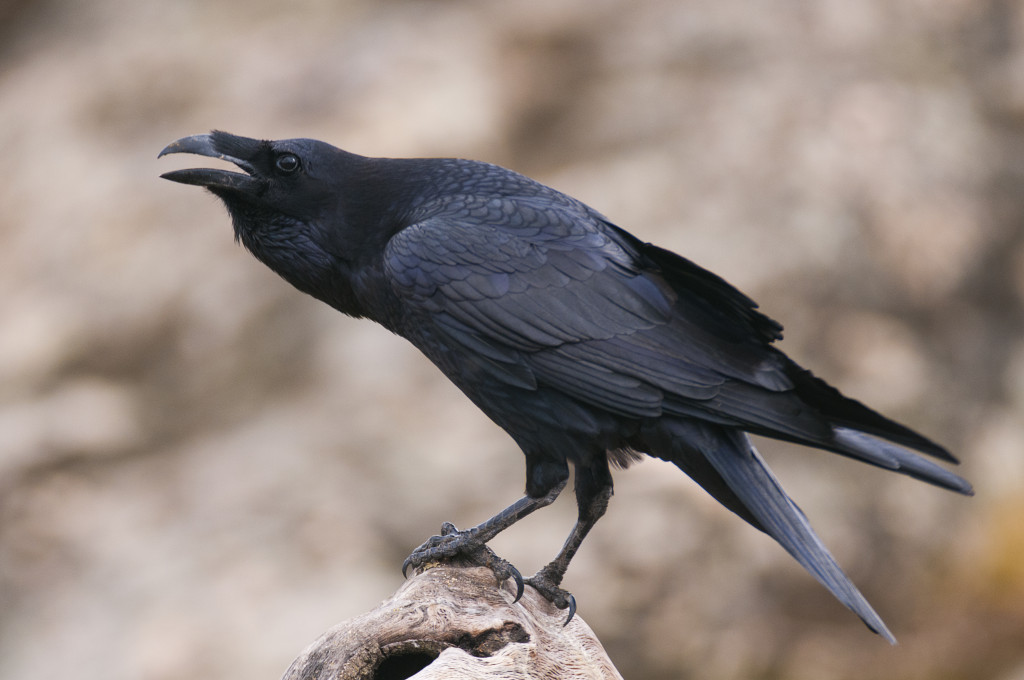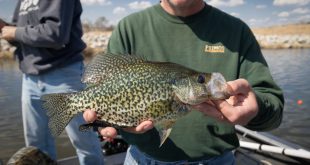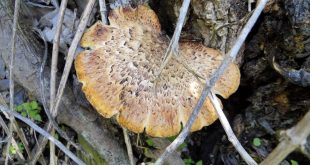Enlarge

Getty Images
Before Nebraska was settled by European Americans, its vast open areas were inhabited by the common raven. Ravens are similar to American crows, but are larger with a more extensive vocal repertoire that includes husky guttural croaks. With the disappearance of the vast herds of bison in the late 1800s, the raven was soon to follow, retreating to mountainous areas of the west and forests of the far north. However, this adaptable and widespread species was lying in wait and playing the long game. Changes in the environment that led to early declines eventually provided opportunities. It also helps that this species is not persecuted by humans to the degree it once was.
For the last several decades, the common raven has been slowly increasing in numbers and expanding its range in North America. There have been occasional reports of common raven in Nebraska over the past few decades, but for the longest time, all of these reports lacked solid documentation such as a photograph or an audio recording, which made judging their credibility difficult. Furthermore, it was also clear that many reported sightings were in error and were misidentified American crows. However, it is likely that among the misidentified crow reports were a few legitimate common raven sightings.
Everything changed in 2021. On New Year’s Day, a common raven was seen and photographed in Sioux County by birder Kathy DeLara — this definitive sighting led other birders to look for this bird. Eventually, it relocated multiple times for the remainder of the winter. Other ravens were subsequently seen at various locations across Sioux County for the rest of the year. It appears multiple ravens have ventured into Nebraska, presumably from nearby Wyoming where this species is common.
It is quite possible the events of 2021 foreshadow what may end up as the eventual recolonization of Nebraska by the common raven. It is very unlikely ravens will become avian fixtures in developed areas such as Lincoln or Omaha, but small populations could become established in areas such as the Pine Ridge and Wildcat Hills at the western end of the state. Our birdlife is always in flux, and the raven’s return to Nebraska is just the latest example. ■
 Nebraskaland Magazine
Nebraskaland Magazine


